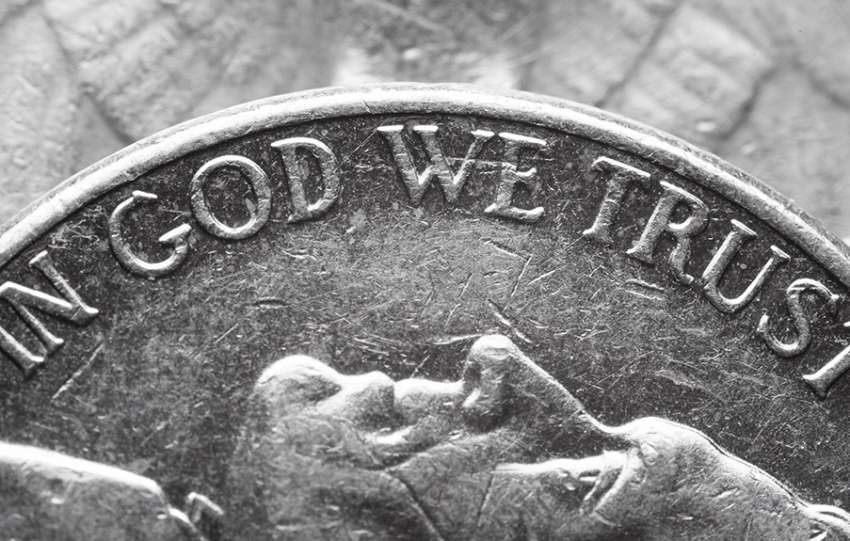People’s attention has definitely gone in the direction of child tax credits these days. This partially refundable tax credit for parents of qualifying children is different from a deduction or a non-refundable tax credit in some ways. Many families will qualify for advance payment, which begins in July 2021, and they want to know if they’ll be able to get one. But, how does it affect them really and what is behind everything?
I think we should start all this with one important question – What is the child tax credit really? First of all, a deduction reduces your taxable income. Secondly, a credit reduces how much tax you owe. A refundable credit reduces how much tax you owe and could increase your refund, right? So, the child tax credit started phasing out for individuals who made $200,000 and married joint filers that made more than $400,000. Prior to 2021, the credit was $2,000 for every eligible child under the age of 17. You could receive up to $1,400 of that credit back as a refund. The IRS also offered a $500 credit for dependents who didn’t qualify for the child tax credit, such as dependent children ages 17 to 24. The credit is fully refundable. The 2021 credit is fully refundable, which means if you have no earned income or don’t owe any taxes at all, you could get the entire credit as a refund. Sounds good, doesn’t it?
Older children are covered too. Dependent children up to age 17 are covered by the child tax credit in 2021.
 Low- and moderate-income earners will see a larger child tax credit in 2021. Children aged 0 to 5 qualify for a credit of $3,600. Children age 6 to 17 qualify for a credit of $3,000. The credit is cumulative, which means it adds up for multiple children.
Low- and moderate-income earners will see a larger child tax credit in 2021. Children aged 0 to 5 qualify for a credit of $3,600. Children age 6 to 17 qualify for a credit of $3,000. The credit is cumulative, which means it adds up for multiple children.
What does that look like in real life? For example, a family with three children ages 3, 6, and 10 would receive credits as follows:
4-year-old – $3,600, 6-year-old – $3,000, and 12-year-old: $3000, which comes to a total credit of $9,600!
2021 child tax credits begin to be phased out for individuals making $75,000 or more and for married joint filers making $150,000 or more. Okay, this means if you make that much or more, you receive a reduced child tax credit or no credit at all.
But, in reality, what do you need to do to get the child tax credit? If you have qualifying children, you only need to include them appropriately as dependents on your tax return. If you haven’t filed your 2019 or 2020 taxes, do so as soon as possible to ensure you qualify for the tax credit and advance payments.
To increase the stimulus impact of the enhanced child tax credit, ARPA lawmakers decided that families should receive part of the tax credit as an advance payment. According to the IRS, around 87% of families with children will qualify for these advance payments.
Here’s how they’ll work: Eligible taxpayers must have a main home in the United States at least half the year and have qualifying dependents of the appropriate age on their 2019 or 2020 tax return. Individuals will have the option to decline the advance payment as well. Families that accept the advance payment won’t get that amount of tax credit on their 2021 returns in 2022. Dependent children aged 18 to 24 are still eligible for the nonrefundable $500 tax credit in 2021.
 But then again, what happens to the child tax credit after 2021? For 2022 and future years, the child tax credit returns to previous levels. ARPA only made changes to the child tax credit for the tax year 2021.
But then again, what happens to the child tax credit after 2021? For 2022 and future years, the child tax credit returns to previous levels. ARPA only made changes to the child tax credit for the tax year 2021.
The payments will begin arriving in July 2021. They will then arrive on or around the 15th of every month through December 2021. Families will receive $300 per month for children under 6 and $250 per month for children aged 6 to 17.
Of course, as with any other credit, it’s best to think if you truly need it first. We all know how that goes – it’s easier to apply for something and get the money, but if you really don’t need it and can cover everything you must, it’s always better to stay on that and not borrow anything from anyone.
Are you interested in child tax credits?
Do you think that this is a good idea?






